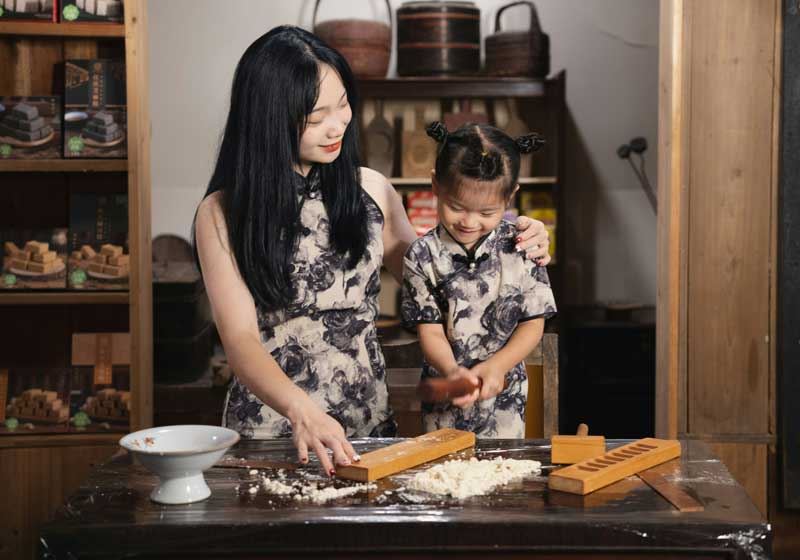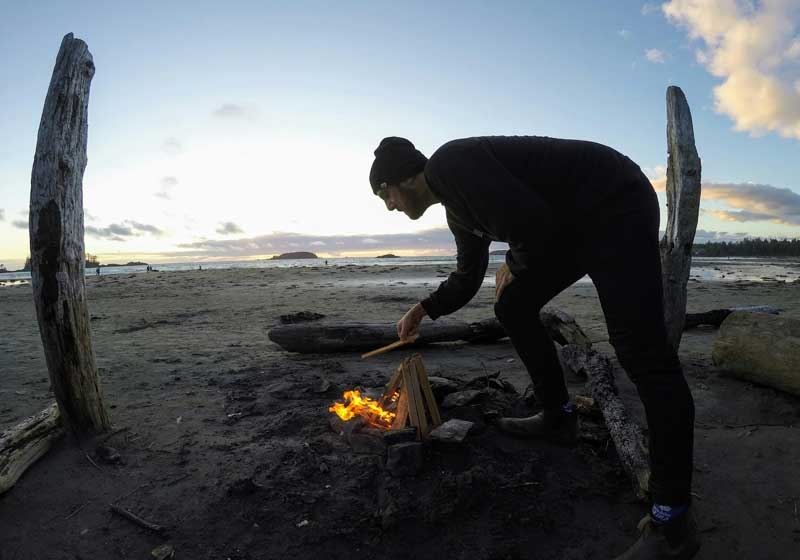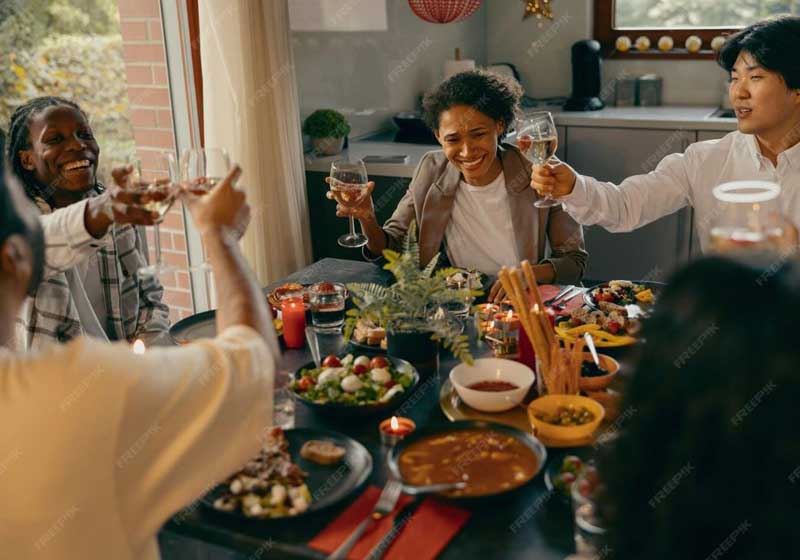By Leigh O’Connor.
In many second-generation Australian kitchens, recipes aren’t written in books - they’re breathed into being through gestures, glances and half-measures. A flick of the wrist, a pinch that could mean anything from a dusting to a handful.
The act of learning to cook from one’s parents isn’t so much a lesson as it is a translation - from language, from culture, from memory. It’s a conversation that stirs more than saucepans.
For Leena, whose parents migrated from Chennai in the ’80s, the first recipe she ever ‘learned’ was sambar - or at least, she thought she had.
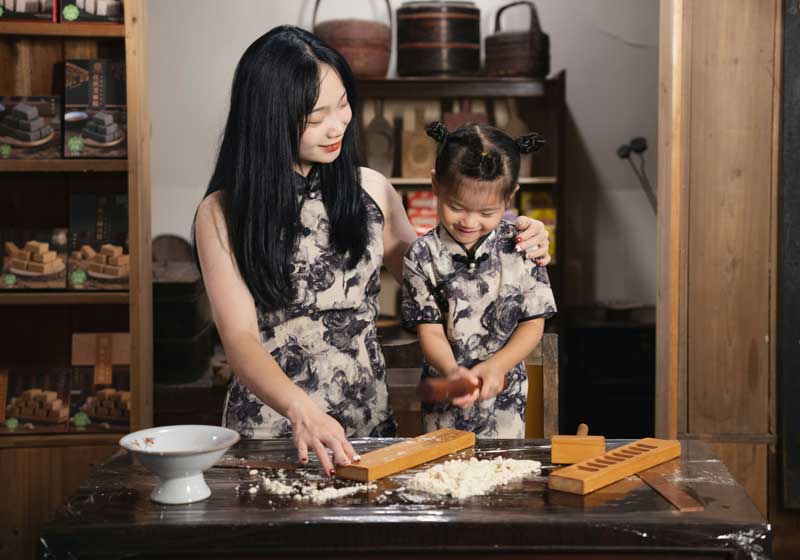
"Mum said, ‘Add a spoon of tamarind paste,’” she recalls with a laugh. "I asked how big the spoon was and she said, ‘You’ll know when you taste it.’” The spoon became a symbol - of intuition over instruction, of inherited knowledge passed not through precision but through presence.
"That’s when I realised our recipes are muscle memory - not measurements.”
Across suburbs and kitchen tables, this story repeats. The children of migrants - Italian, Vietnamese, Greek, Lebanese, Chinese, Indian, Filipino - each learn to cook by feeling their way through the fog of approximation.
"A spoon of what, Mum?” becomes the chorus of every second-gen culinary education. Cooking, in this sense, is an act of translation - not just linguistic, but emotional. It’s decoding a parent’s sense of taste, an aunt’s rhythm with the ladle, a grandmother’s unspoken understanding of when dough feels ‘right’.
What happens when those measurements - those intuitions - begin to fade?
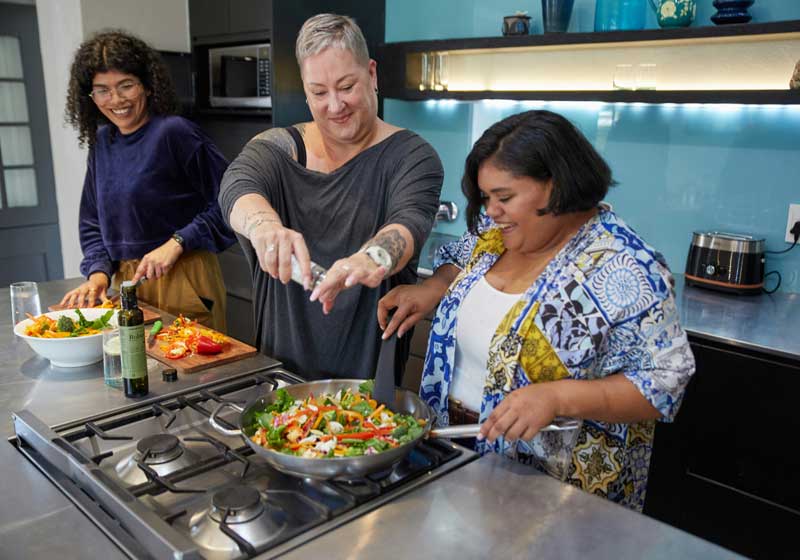
"After my grandmother passed, I realised no one knew exactly how she made her mooncakes,” says Kevin, whose family emigrated from Guangzhou. "We had fragments - the ratio of red bean paste to dough, maybe - but not the timing, not the touch.”
It’s a loss that feels larger than a recipe. "It’s like losing a dialect,” he says quietly. "You can read the words, but the accent - the music - is gone.”
In the age of smartphones, though, some are turning this inheritance into archives. Leena’s brother has started filming their mother as she cooks - measuring spoons mid-air, hands moving faster than the camera can catch.
Others create shared family Google Docs, scribbled with notes like "use the smaller bowl” or "when it smells like home, stop.” One woman, Maria, has spent months assembling what she calls "our family’s edible history” - a cookbook that reads as much like a memoir as a manual.
"Each recipe,” she writes, "is a story my mother told me with her hands.”
Still, there’s an ache in formalising what was once fluid. Many second-gens wrestle with the tension between preservation and performance - between making food the way it was made and the way it fits into a new life.

"Mum used to fry everything in ghee,” says Aisha. "I use olive oil now. It’s still hers - but it’s also mine.”
In the end, perhaps the true inheritance isn’t the exact recipe but the ritual - the gathering, the stirring, the tasting, the remembering. These dishes, recreated and reimagined, speak in multiple languages but tell the same story: of migration, of belonging, of love measured not in grams but in gestures.
Cookbook or heirloom? Maybe both - a recipe that carries not just flavour, but family.
